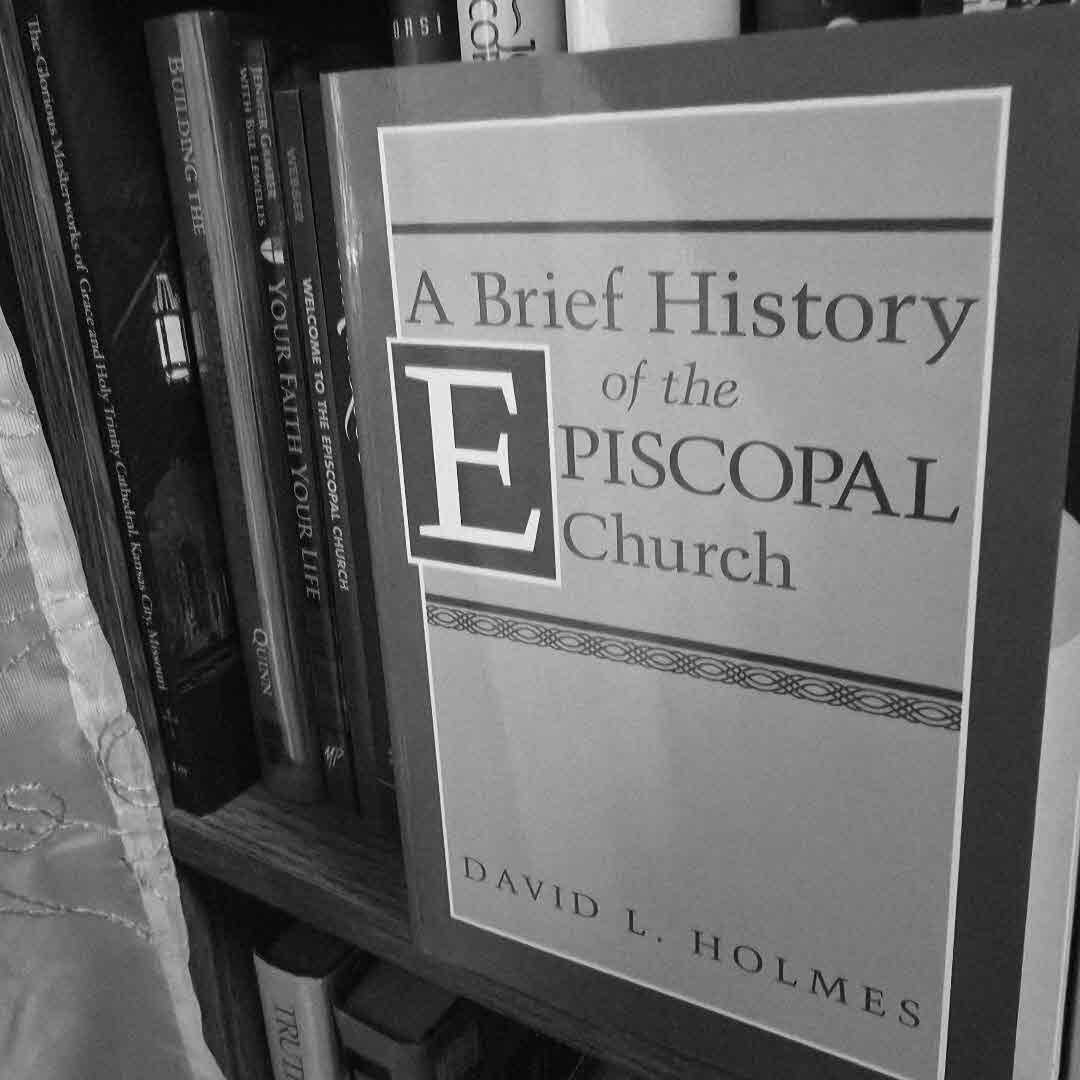
Recent acquisition for our personal library.
#history #episcopal #anglicanism

Recent acquisition for our personal library.
#history #episcopal #anglicanism
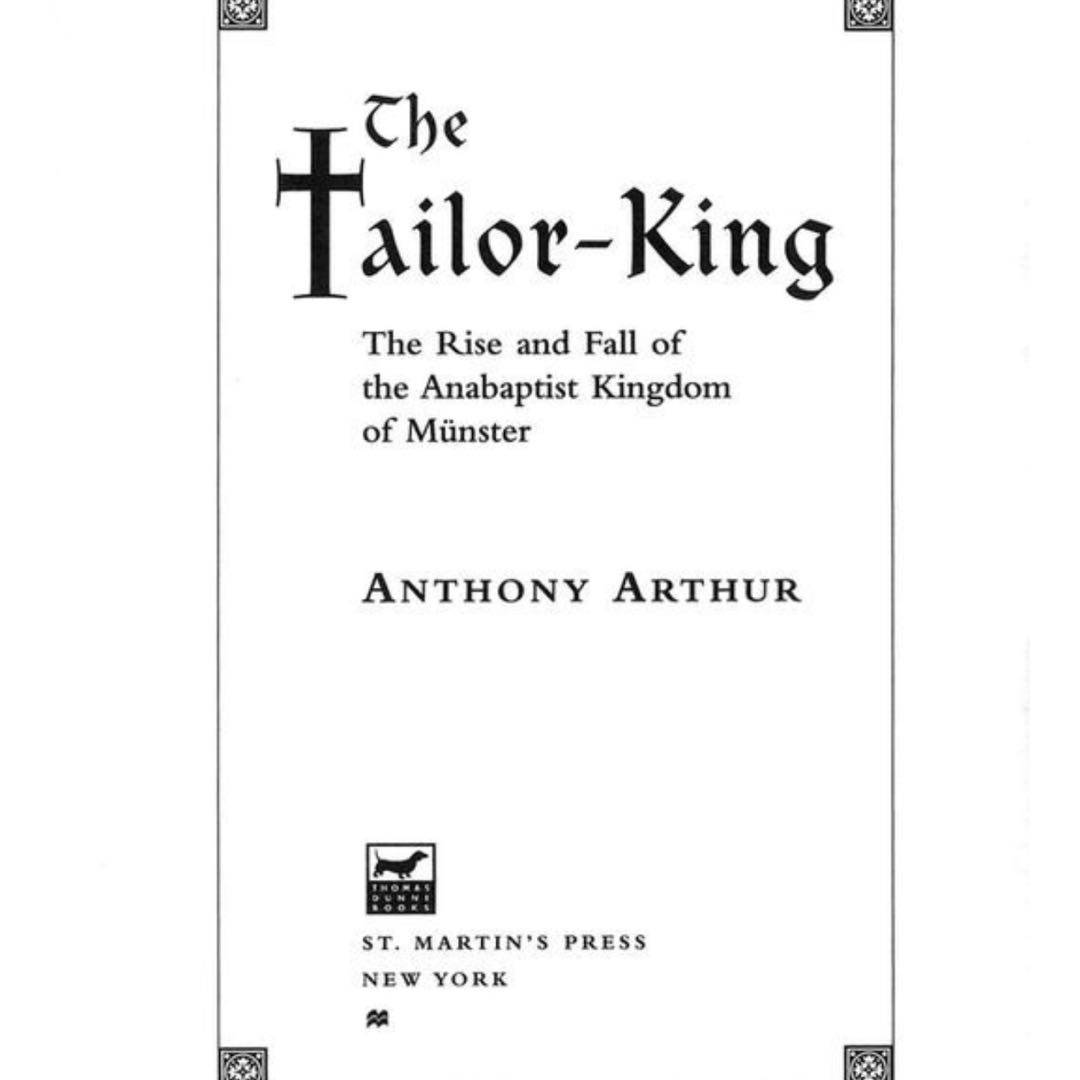
I‘m not a huge reader of non-fiction and when I do read non-fiction, I tend to prefer books that read like stories rather than a list of facts. This was not a book that read like a story so I struggled to stay engaged. I did learn a fair amount about a subject for which had zero knowledge.
This was Jan‘s pick for our partner read this month (little known history) although which it was little known to me, it‘s not an obscure topic.

#CoverLove #Angel had this one a long time
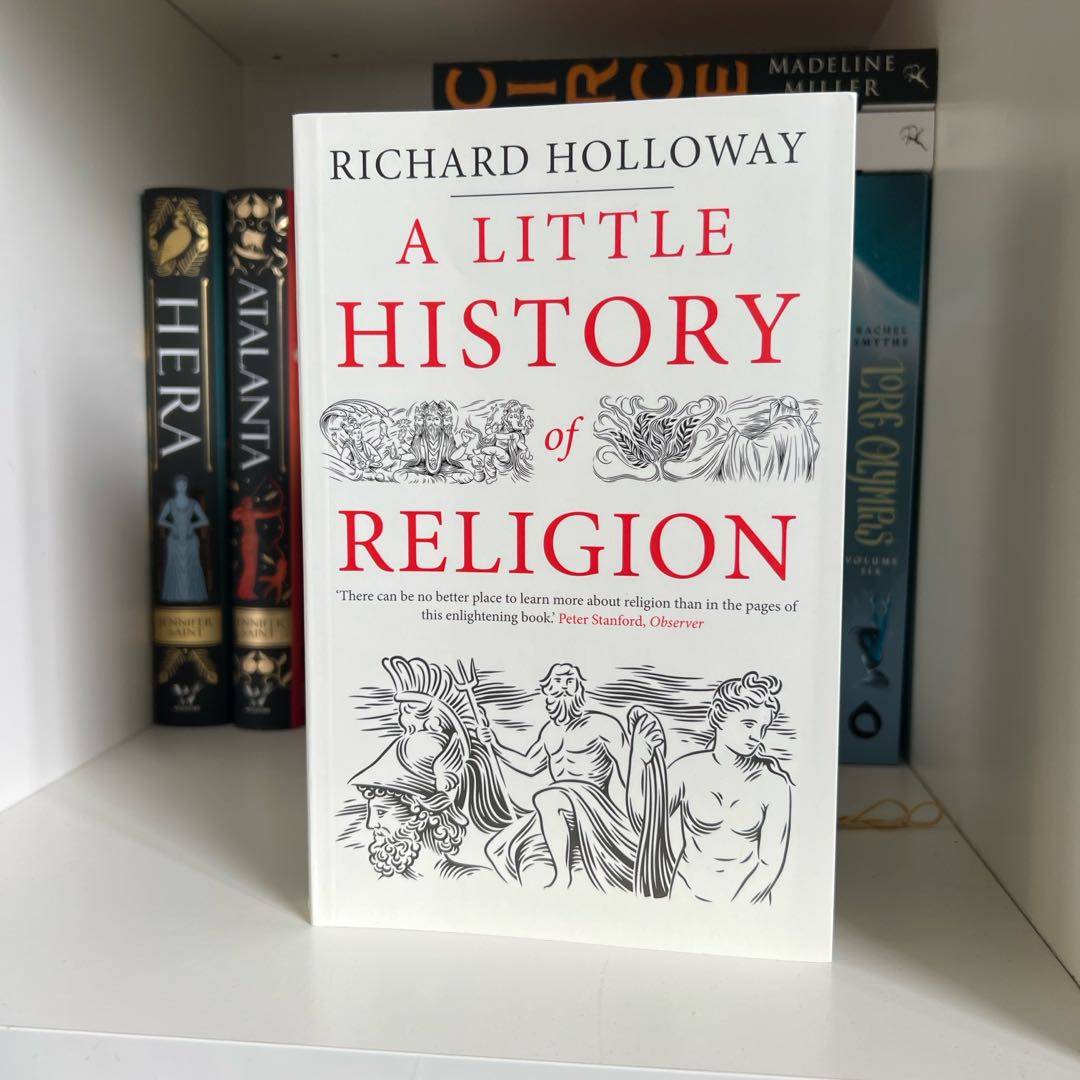
4/5 🌕🌕🌕🌕🌑
“Symbols become sacred to people because they represent loyalties deeper than words can express. That‘s why they hate to see their symbols violated”
#nonfiction #religion
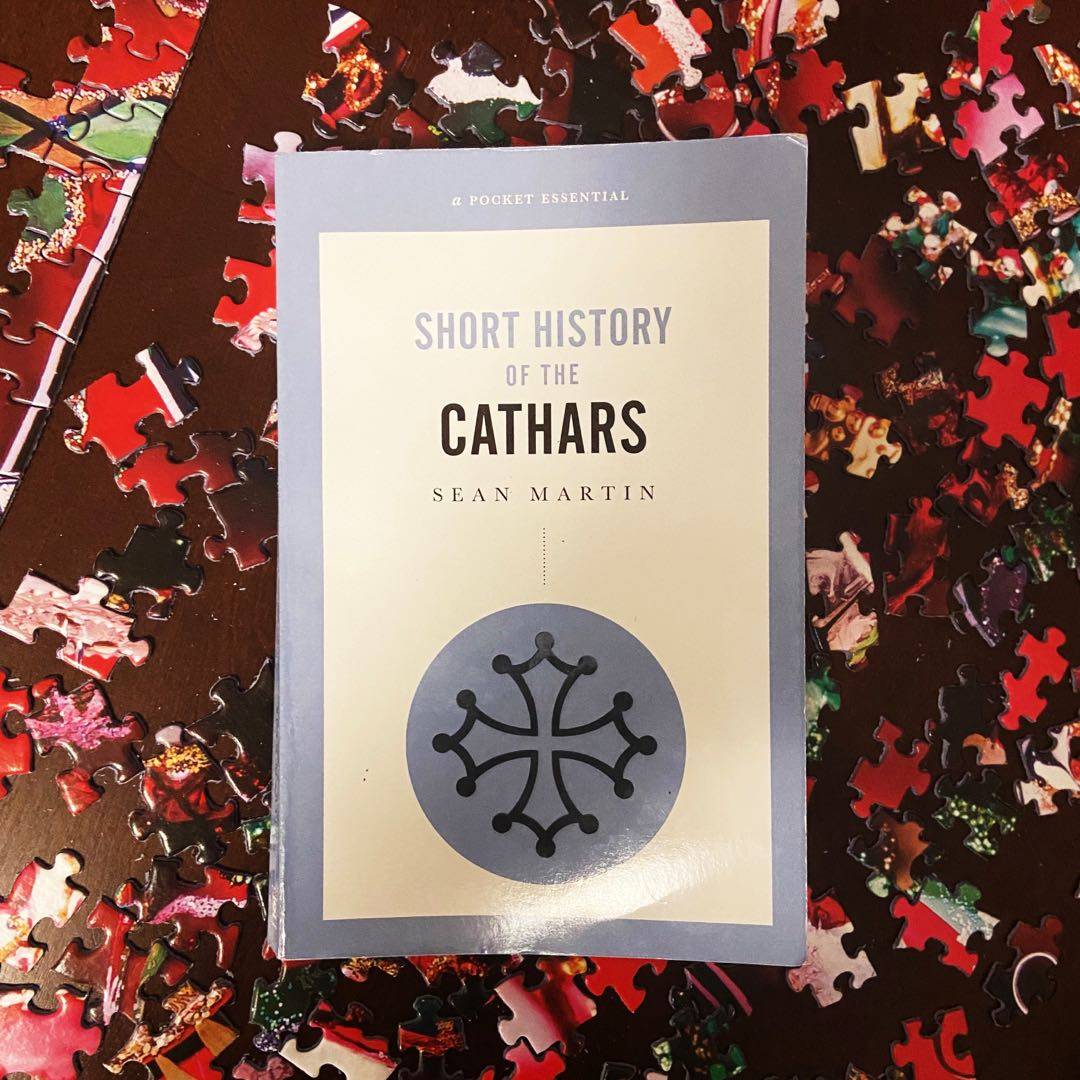
There aren‘t many histories of the Cathar heresy, but this is a good place to start. It‘s a more than adequate exploration of the Albigensian Crusade and early inquisitions sponsored by the papacy.
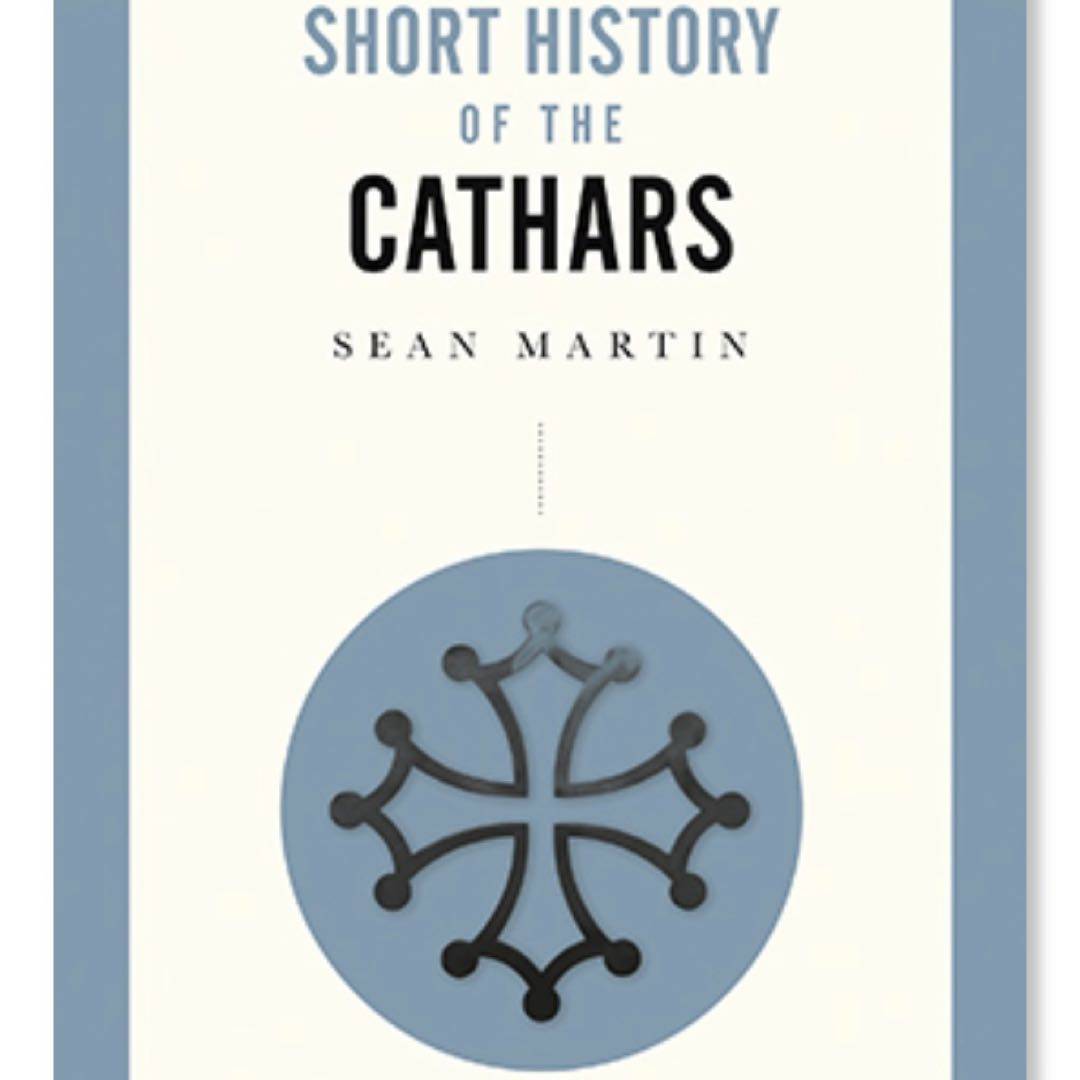
I didn‘t need to start reading another book…but I couldn‘t resist! Why do paperbacks printed in the UK smell so much better than US ones?!? #smellingbooks
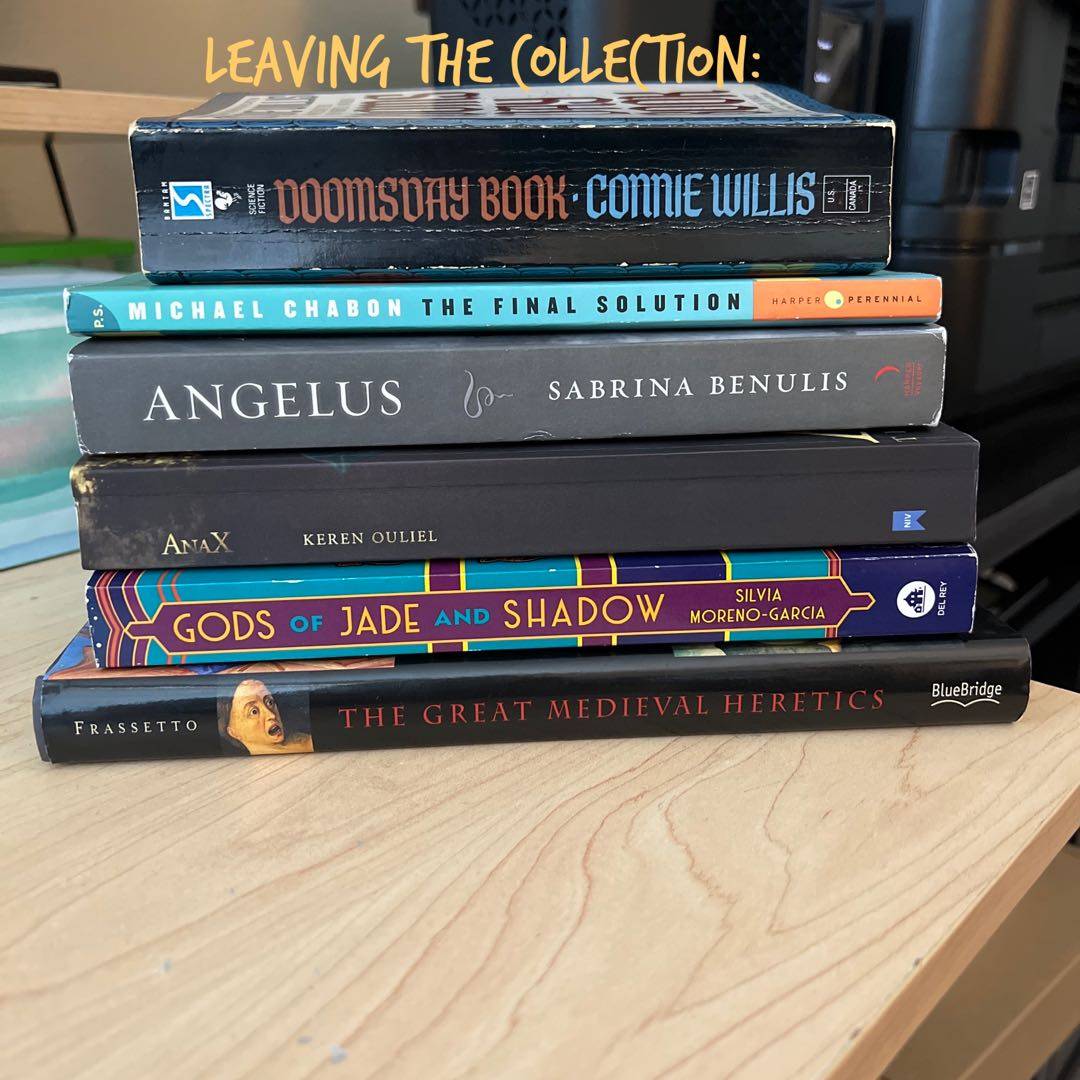
Books leaving my collection. Most are going to my classroom next week, but the Frassetto [bottom] is going to the library (it‘s SO dull & academic, I don‘t know why my grandfather bought it; he NEVER read anyway)
It‘s an interesting examination of how Christianity developed some of its most abhorrent ideas about the afterlife. It‘s difficult to say that people that believe these things are actually good people because they are worshiping a monstrously cruel deity for personal benefits.
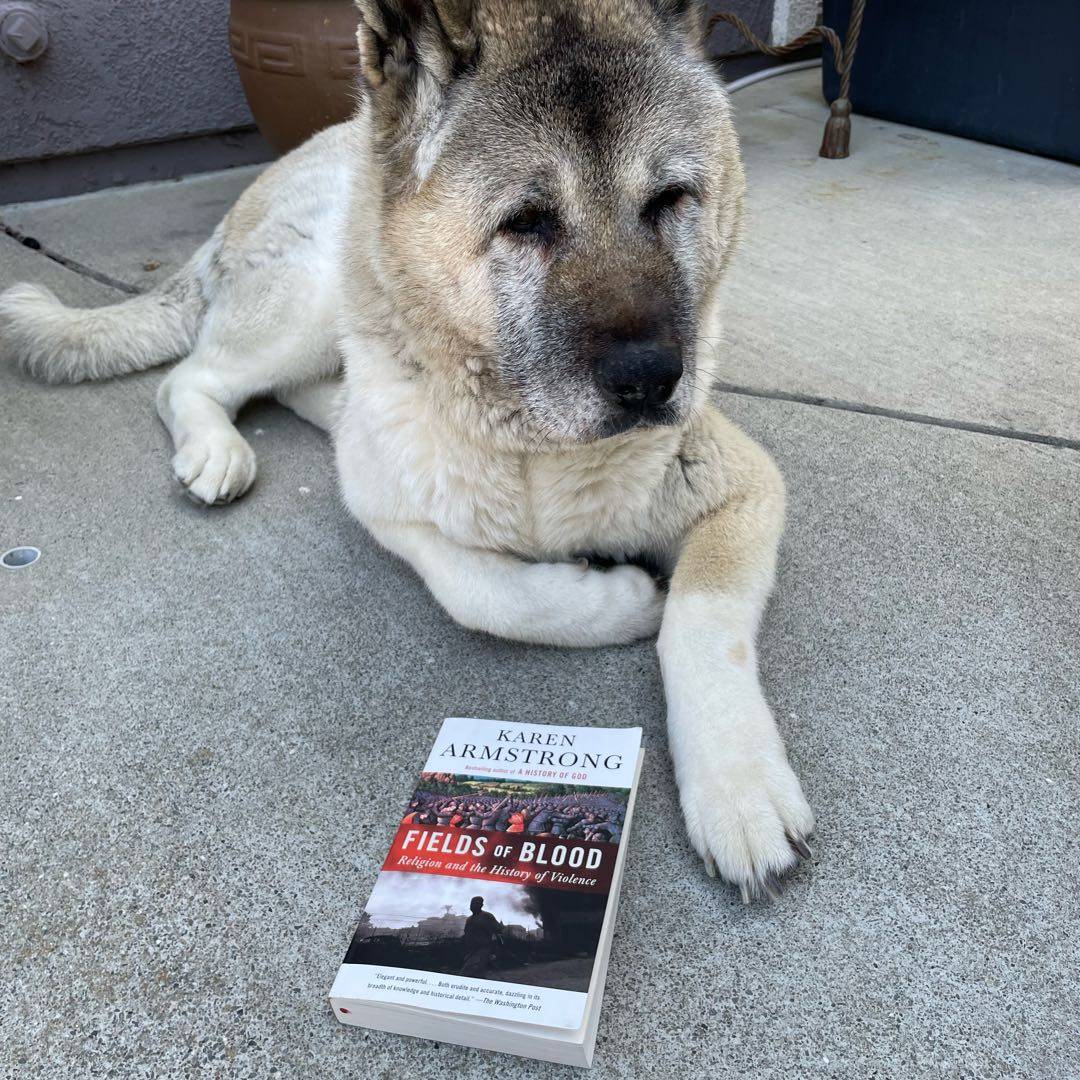
I really wanted to read this book, but the author makes LOTS of assumptions and does not provide evidence or arguments. I tried to read this just as a plain history book, since three chapters in the author still hadn‘t gotten to the subtitle ideas, but even then it was too many assumptions and not enough interesting information.
Perhaps this would more suit someone with a religious history background.
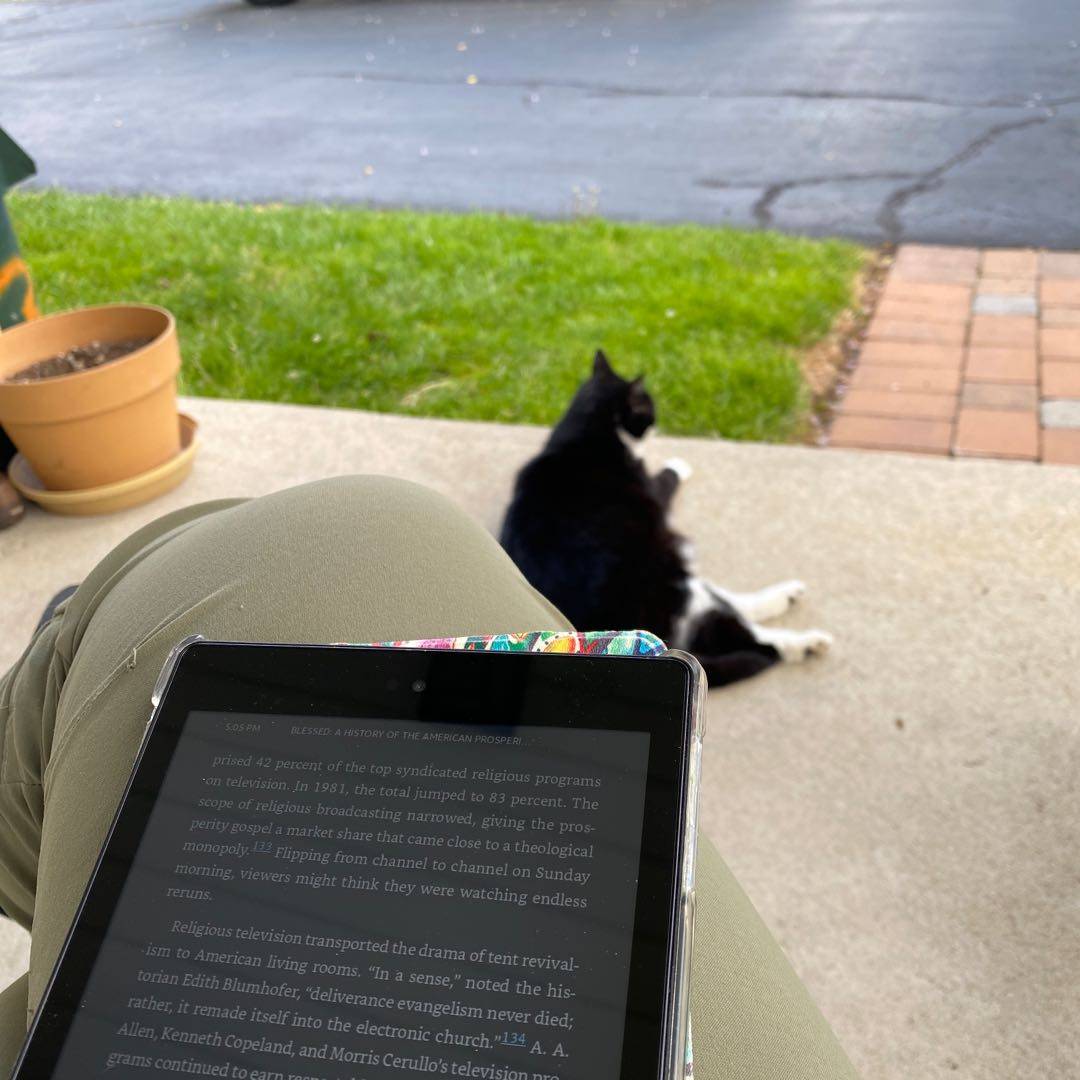
The barn cat needs some reading time love too! #catsoflitsy